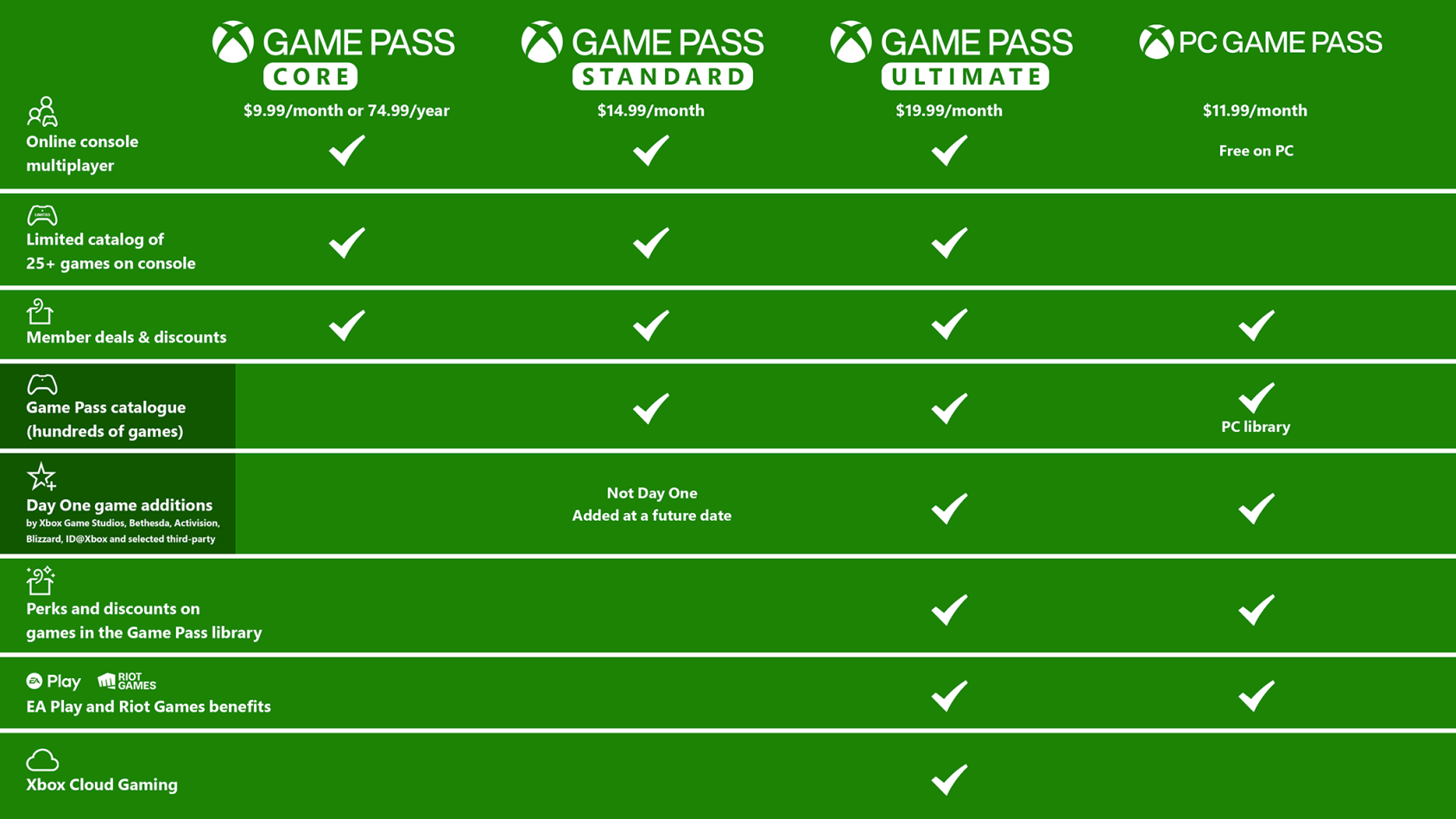The digital landscape of gaming subscriptions is in constant flux, and few services embody this evolution as clearly as Xbox Game Pass. Recent strategic maneuvers by Microsoft, including a notable price increase for its top-tier offering, have ignited discussions about the service`s long-term trajectory. Beyond the immediate financial adjustments, industry whispers suggest an even more profound transformation might be on the horizon: the advent of an ad-supported Game Pass tier.
The Price of Progress: Game Pass Ultimate`s New Frontier
Microsoft recently announced a significant recalibration for Xbox Game Pass Ultimate, elevating its monthly subscription from $20 to a crisp $30. This 50% jump, while substantial, isn`t without its added incentives. Subscribers are now promised inclusions like Fortnite Crew and Ubisoft+ Classics, alongside an expanded library of games. The timing, notably preceding the release of *Call of Duty: Black Ops 7*, presents a curious alignment, effectively making access to this flagship title more costly for existing Game Pass users.
For the uninitiated, the Game Pass ecosystem itself is undergoing a rebranding. The former Core and Standard tiers have gracefully transitioned into Essential and Premium, respectively, though mercifully, their price points remain untouched. This strategic segmentation hints at Microsoft`s intent to diversify its offerings, catering to various player appetites while presumably nudging dedicated users towards the more comprehensive, albeit pricier, Ultimate package. One might observe that the `ultimate` value proposition now requires an equally `ultimate` financial commitment.
Beyond the Console: Microsoft`s Multi-Device Gambit
Beneath the surface of these pricing adjustments lies a grander strategy: Microsoft`s ambitious pivot from a console-centric domain to an expansive, multi-device gaming ecosystem. As Daniel Ahmad, an astute analyst from Niko Partners, posits, the company is betting on the unwavering loyalty of its existing console base even as it seeks to broaden its horizons.
“The primary concern for Xbox at this time is managing the transition from a closed-console-based ecosystem to an open multi-device ecosystem. Console sales have dropped considerably, PC Game Pass uptake has been slow, and cloud is still seen as an extension of existing play, rather than a primary entry point.”
This perspective illuminates Microsoft`s rationale. With console sales showing signs of waning momentum and PC Game Pass yet to achieve its full stride, the company is actively pursuing growth on rival platforms like PlayStation 5 and the anticipated Switch 2. This involves offering fully-priced, day-one or late ports of its titles, a bold move that underscores a departure from traditional console exclusivity. It`s a pragmatic recognition that while hardware is valuable, content is king, even when shared across kingdoms.
The Ad-Tier Conundrum: A Glimmer of `Free` or a Sign of Desperation?
The central question echoing through the halls of gaming finance remains: Can Game Pass truly maintain its sustainability amidst this evolving landscape? Ahmad suggests that Microsoft might explore “a lower entry cost (Essential) and experimentation with cloud only, ad supported, or mobile-first offerings.”
The notion of an ad-supported Game Pass tier is perhaps the most intriguing, and indeed, contentious, proposal. Imagine a world where your access to a vast library of games is subsidized by periodic commercial interruptions. For some, it might be a welcome gateway, lowering the barrier to entry significantly. For others, it could dilute the premium experience that subscriptions are designed to offer, transforming uninterrupted gameplay into a relic of a bygone era.
Historically, ad-based game streaming services have faced an uphill battle. Square Enix`s “Coreonline” in 2012, for instance, shuttered after a mere 15 months due to tepid player adoption. This cautionary tale serves as a stark reminder that while “free with ads” works for video content, its application to interactive entertainment, where immersion is paramount, remains a complex challenge. How Microsoft would implement such a system—before, during, or, heaven forbid, *mid-boss-fight*—is a technical and user-experience tightrope walk of epic proportions.
The Balancing Act: Value, Growth, and User Experience
Microsoft`s strategy appears to be a multi-pronged approach: securing revenue from its loyal console subscribers through increased prices, expanding its reach to new platforms, and contemplating entirely new monetization models. The challenge lies in harmonizing these efforts without alienating the very audience they seek to cultivate.
As Game Pass continues its journey, its evolution will undoubtedly be a fascinating case study in the dynamics of modern entertainment subscriptions. Will the lure of an ad-supported tier open new floodgates of players, or will it be seen as a compromise too far? Will the increased price for Ultimate be justified by the added content, or will it test the limits of subscriber loyalty, prompting a recalculation of its perceived `ultimate` value? Only time will tell how these strategic gambits play out in the ever-shifting sands of the gaming industry.

